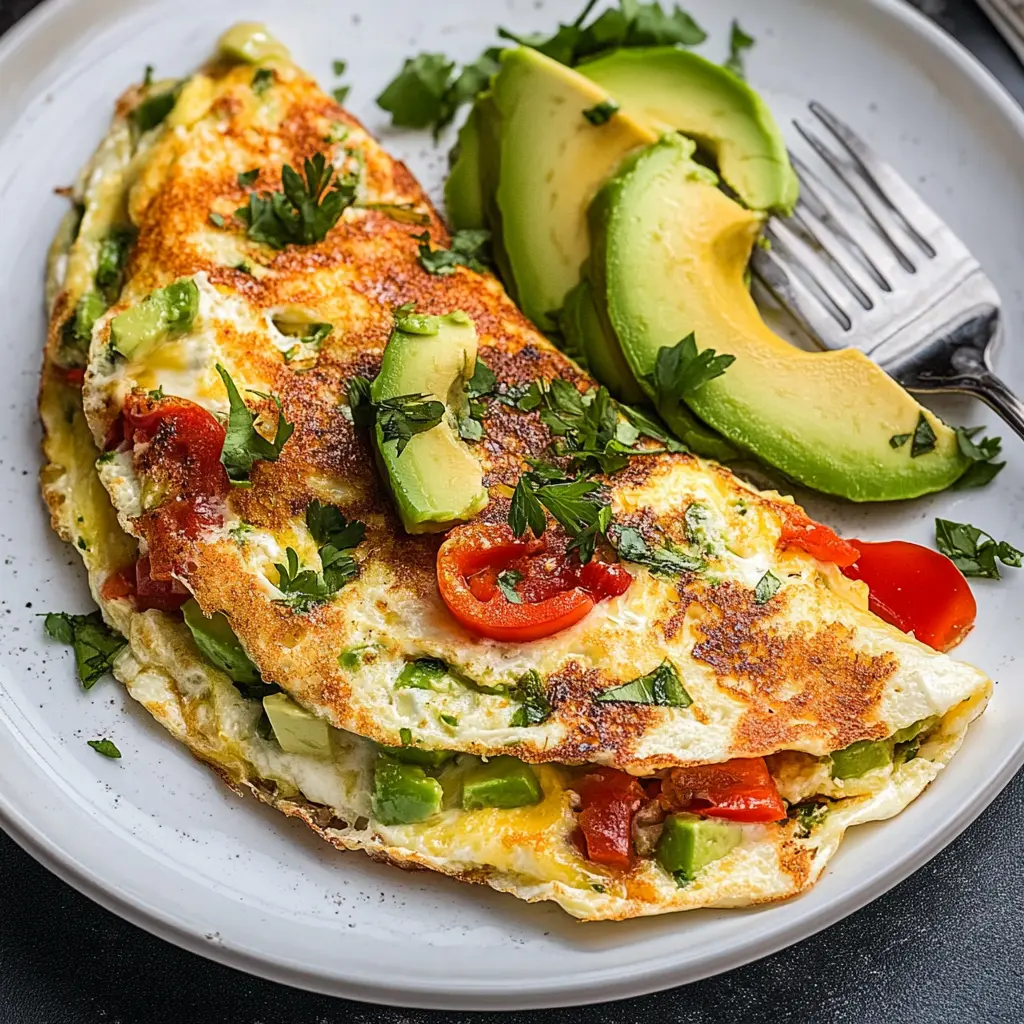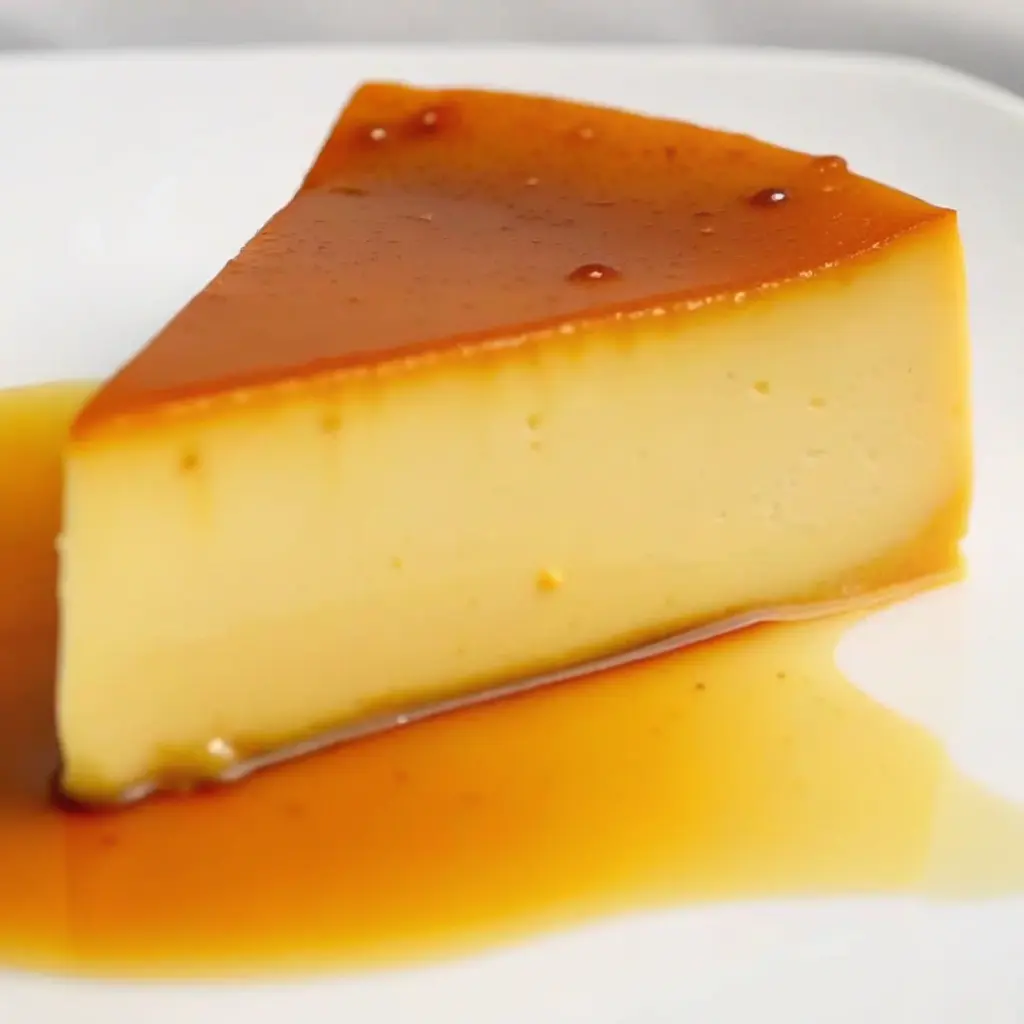Hey there, fellow baking enthusiasts! Today, I’m thrilled to share my treasured Gipfeli recipe that I’ve perfected over years of early mornings in Swiss bakeries. If you’ve ever dreamed of creating those perfectly flaky, golden crescents that are a staple of Swiss breakfast tables, you’re in for a treat!
The Swiss Gipfeli recipe I’m about to share isn’t just another croissant variation – it’s a gateway to experiencing authentic Swiss breakfast culture right in your own kitchen. As someone who spent countless hours perfecting these delicate pastries in the heart of Zürich, I can tell you that mastering this recipe is like holding a piece of Swiss culinary heritage in your hands.
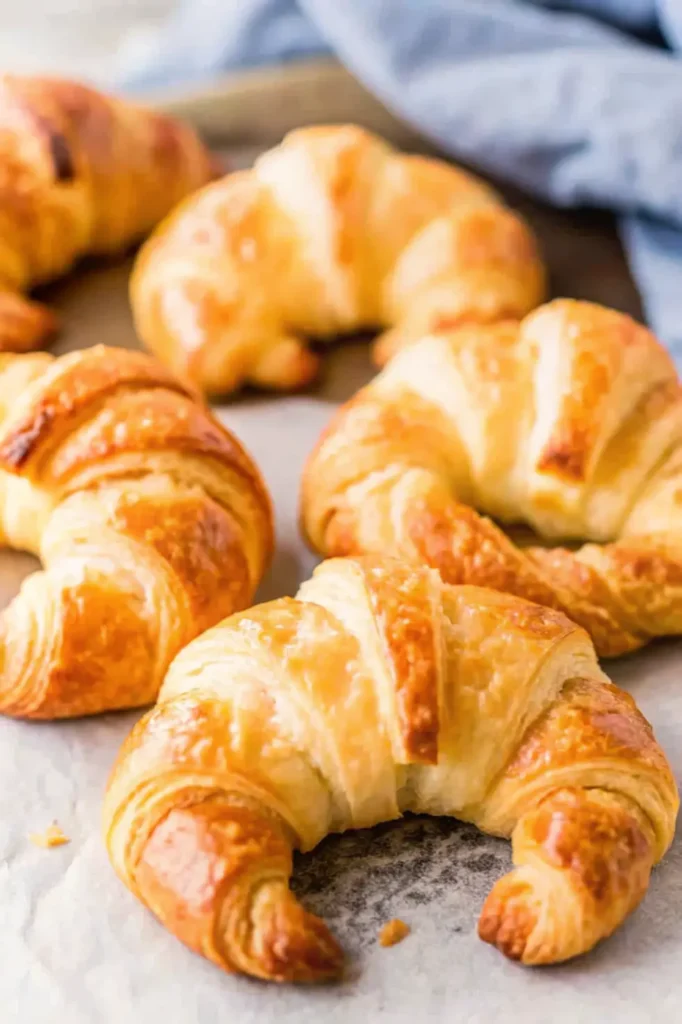
What is a Gipfeli and Its Origins
Let me take you on a delightful journey through the heart of Swiss breakfast culture! The Gipfeli, Switzerland’s beloved cousin to the French croissant, has been gracing breakfast tables across the Alpine nation for generations. As a pastry chef who spent years perfecting these crescents in Zürich, I can tell you that these aren’t just any ordinary pastries – they’re a morning ritual wrapped in layers of buttery goodness.
You know that magical moment when you bite into a perfectly baked pastry, and it shatters into countless delicate flakes? That’s the hallmark of a true Gipfeli. Unlike its French cousin, the Swiss Gipfeli tends to be crispier, with a more pronounced curve that makes it instantly recognizable to pastry enthusiasts.
The story of Gipfeli dates back to the 17th century, when bakers in Vienna created the ancestor of today’s croissant. As this culinary masterpiece traveled across Europe, Swiss bakers put their own spin on it, developing what we now know as the Gipfeli. The name itself comes from the Swiss-German word “Gipfel,” meaning “peak” or “summit” – a nod to its distinctive pointed shape.
What’s the Difference Between a Croissant and a Gipfeli?
Now, here’s where things get interesting! While both pastries share DNA in their laminated dough structure, there are some key differences that make each unique. The Gipfeli boasts a tighter curve and crisper texture, while croissants have a looser, more open crescent shape. Think of it this way: if a croissant is a relaxed smile, a Gipfeli is a playful wink!
The lamination process also differs slightly. Traditional Swiss Gipfeli recipes often call for slightly less butter in the lamination process compared to French croissants, resulting in a different texture profile. The folding technique creates more layers in a Gipfeli, contributing to that characteristic crackly exterior that Swiss breakfast lovers crave.
Temperature control during preparation is crucial for both, but Gipfeli dough is typically worked at a slightly lower temperature to maintain its structural integrity. This attention to temperature helps achieve that perfect balance between flakiness and crispness that sets the Gipfeli apart.
Gipfeli Recipe Ingredients
Let’s talk about what makes a Gipfeli truly spectacular! Here’s what you’ll need:
- High-protein flour (13-14% protein content)
- Premium European-style butter (82% fat content)
- Active dry yeast
- Fine sea salt
- Sugar
- Whole milk
- Egg (for egg wash)
The secret to exceptional Gipfeli lies in the quality of your ingredients. I always recommend using European-style butter with a higher fat content – it creates those gorgeous layers we’re after. The flour needs to be high in protein to develop the proper gluten structure that gives the pastry its characteristic texture.
Equipment Needed
Before we dive into the fun part of making Gipfeli, let’s make sure you’re armed with all the right tools! As someone who’s made thousands of these beauties, I can’t stress enough how proper equipment makes all the difference between good and exceptional Gipfeli.
Essential Tools:
- Large mixing bowl (stainless steel works best)
- Rolling pin (preferably marble for temperature control)
- Pastry brush for egg wash
- Sharp knife or pastry cutter
- Baking sheets (heavy-duty ones prevent burning)
- Parchment paper
- Kitchen scale (precision is key!)
- Bench scraper
- Ruler or measuring tape
- Thermometer
Temperature control is your best friend when making Gipfeli. I always keep a digital thermometer handy to ensure my dough and butter stay in that sweet spot between 16-18°C (60-65°F). Trust me, this small detail makes a world of difference!
How To Make Gipfeli

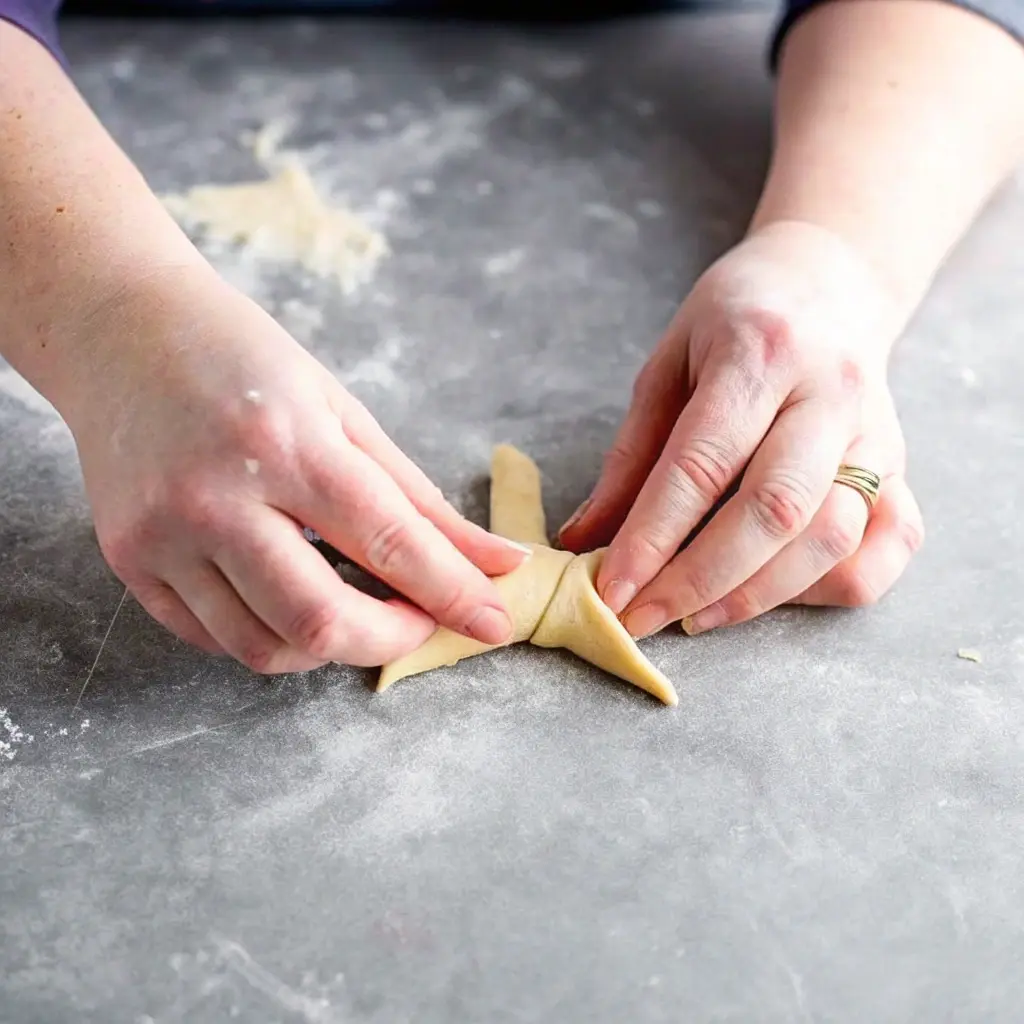
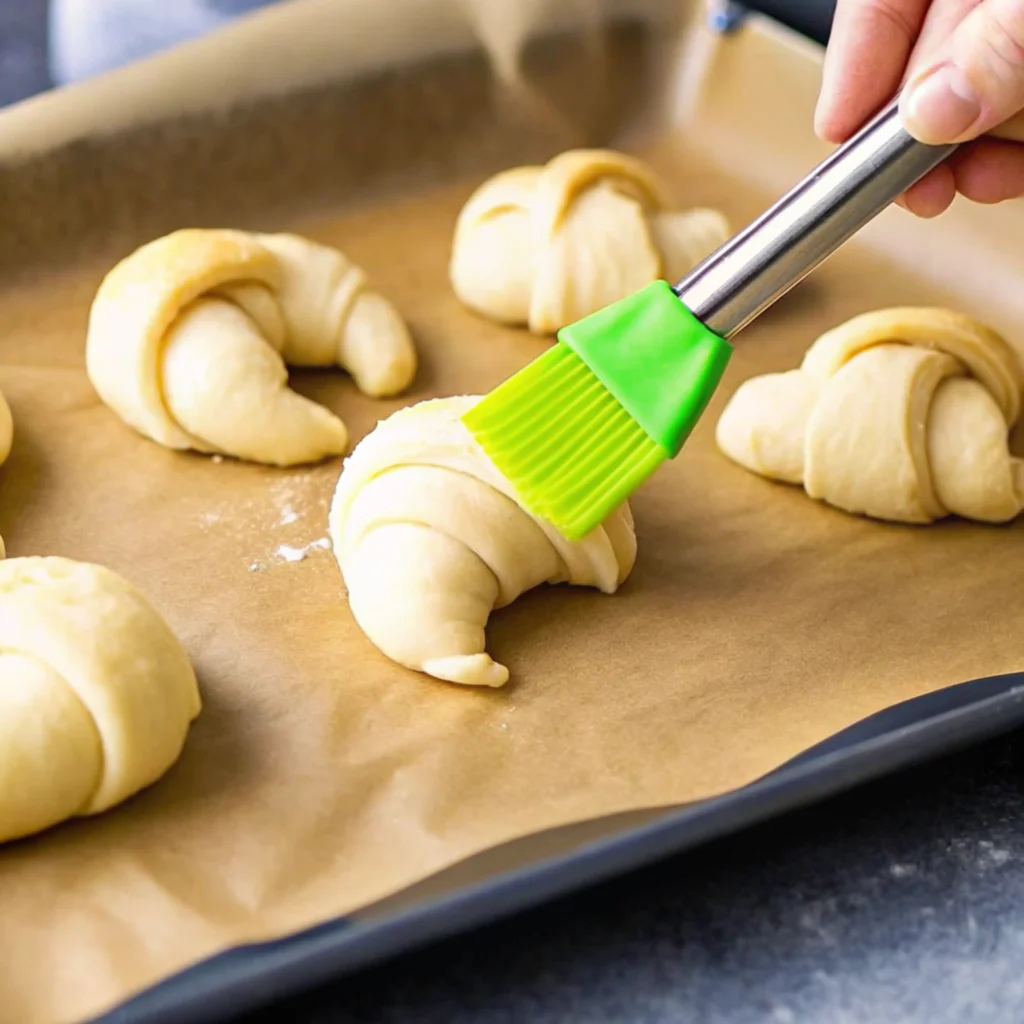
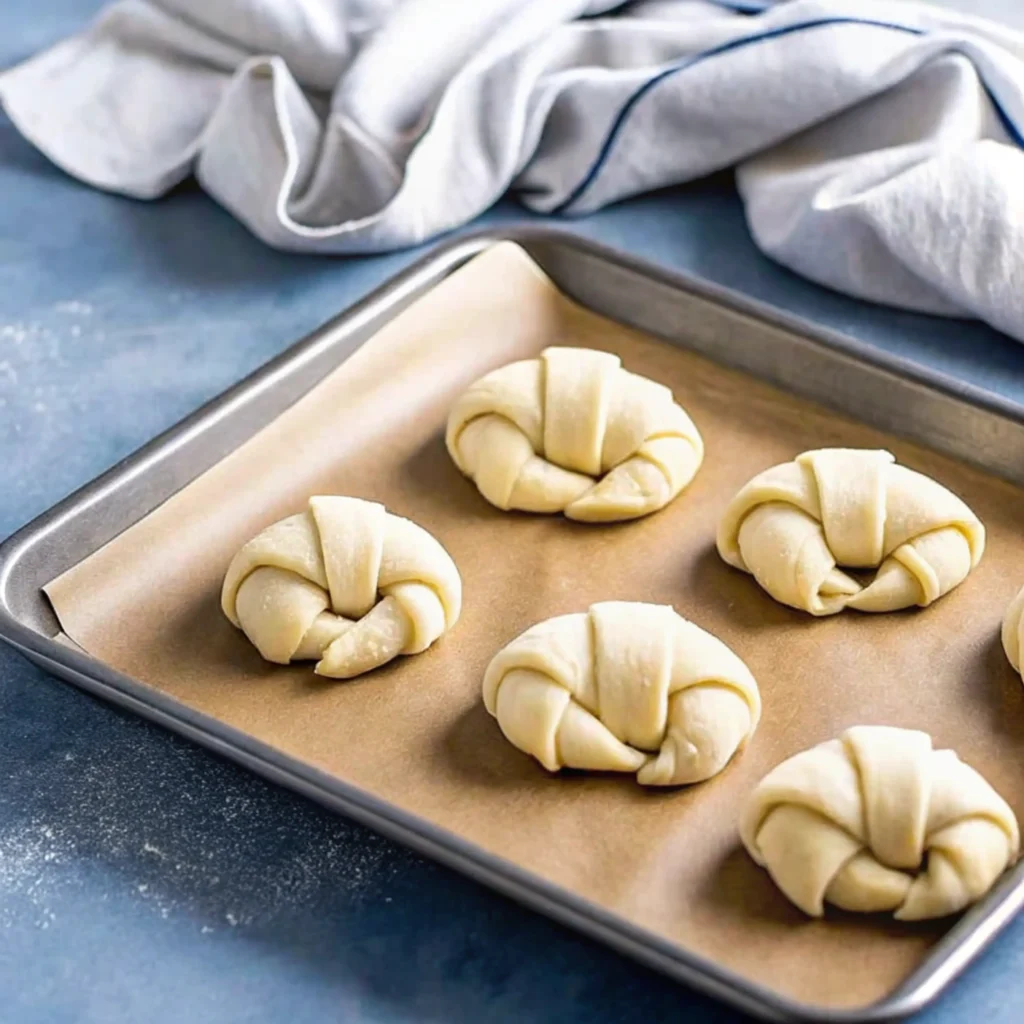
1. Dough Preparation
Let’s start with what I like to call “the foundation of flakiness!” Here’s your detailed roadmap to perfect Gipfeli dough:
- Initial Mix:
- Combine 500g high-protein flour
- Add 10g salt and 50g sugar
- Mix in 20g fresh yeast (or 7g active dry yeast)
- Gradually add 250ml cold milk
- Kneading Stage:
- Knead for 8-10 minutes until smooth
- Look for windowpane effect
- Dough temperature should be around 18°C
Remember, we’re not making bread here – you want minimal gluten development at this stage. Think of it as preparing a canvas for our butter layers!
2. Butter Block Creation
Here’s where the magic begins! The butter block is crucial for those heavenly layers we’re after:
- Prepare the Butter:
- Take 250g cold butter
- Pound into a rectangle
- Size: 15x20cm
- Keep temperature around 16°C
Pro tip: I like to sprinkle a tiny bit of flour on the butter block – it helps prevent sticking during lamination.
3. Lamination Process
This is where your Gipfeli will make or break (literally!). The goal is to create those signature flaky layers:
- First Turn:
- Roll dough to 30x40cm
- Place butter block in center
- Fold like an envelope
- Subsequent Turns:
- Perform 3 single turns
- Rest 30 minutes between each
- Maintain temperature below 18°C
4. Shaping Techniques
Now comes my favorite part – shaping these beauties! The key to perfect Gipfeli is in the rolling and shaping:
- Final Rolling:
- Roll to 4mm thickness
- Cut triangles (base: 12cm, height: 25cm)
- The Roll-Up:
- Stretch slightly
- Roll from base to tip
- Curve ends inward
Storage and Reheating for Gipfeli
Let’s talk about keeping your Gipfeli fresh and delicious:
Fresh Storage:
- Best eaten same day
- Store at room temperature up to 24 hours
- Keep in paper bag (never plastic!)
Freezing Instructions:
- Freeze before final proof
- Wrap individually in plastic
- Store up to 1 month
Troubleshooting Common Issues
Let’s tackle those pesky problems that can pop up when making Gipfeli! After years of teaching baking workshops in Switzerland, I’ve seen (and fixed) just about every Gipfeli mishap imaginable.
Butter Leakage Blues
Ever had butter escaping during baking? Don’t worry – we’ve all been there! Here’s how to prevent it:
- Keep everything cold (but not too cold!)
- Ensure butter block is evenly distributed
- Seal those edges properly when folding
- If butter starts softening, pop it in the fridge for 15 minutes
Temperature Troubles
Temperature is your best friend (or worst enemy) when making Gipfeli:
- Ideal dough temperature: 16-18°C
- Room temperature should be cool
- Use marble surface when possible
- Work quickly but carefully
Texture Troubles
If your Gipfeli aren’t flaky enough:
- Check your lamination technique
- Count those layers carefully
- Don’t skip resting periods
- Ensure proper proofing
Expert Tips and Tricks for Perfect Gipfeli
After countless early mornings in Swiss bakeries, here are my golden nuggets of wisdom:
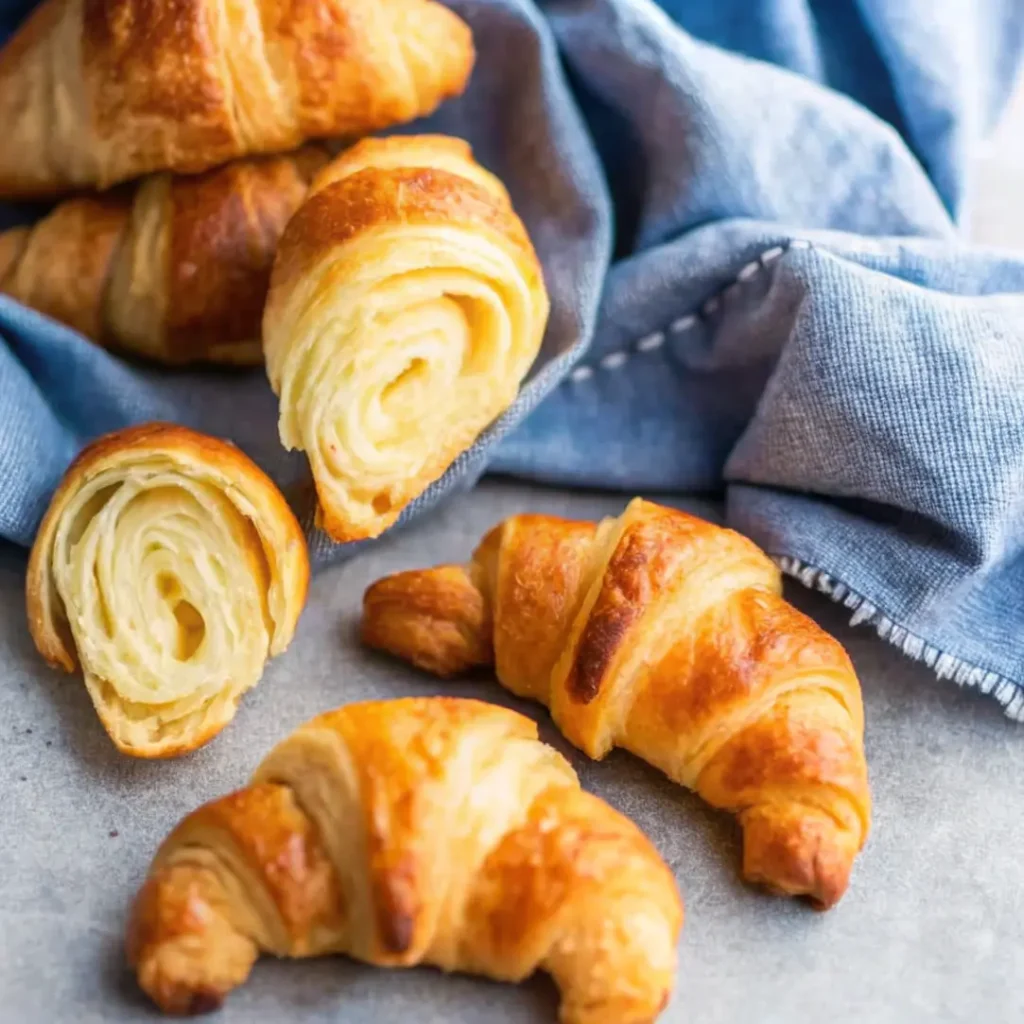
Time Management
- Prepare butter block night before
- Use proofing time for cleanup
- Plan your folds strategically
- Best to start early morning
Quality Enhancement
- Use European-style butter (minimum 82% fat)
- Fresh yeast if available
- Double egg wash for shine
- Let them cool on wire rack
Gipfeli Serving Suggestions
Make your Gipfeli experience truly Swiss with these perfect pairings:
Traditional Accompaniments:
- Fresh butter and jam
- Swiss cheese slices
- Hot chocolate or coffee
- Fresh-squeezed orange juice
Modern Twists:
- Avocado and egg
- Nutella and banana
- Smoked salmon and cream cheese
- Prosciutto and fig jam
Frequently Asked Questions
What is the difference between a croissant and a gipfeli?
A croissant is a French pastry made with laminated dough, resulting in a light, flaky, and buttery texture. A Gipfeli, the Swiss version of a croissant, is typically less buttery, denser, and slightly less flaky. It often has a firmer texture and a more subtle taste compared to its French counterpart.
What is the Swiss version of a croissant?
The Swiss version of a croissant is called a Gipfeli. It is less rich in butter, making it a bit drier and more compact. Some versions use milk-based dough for a softer texture.
What is a mandelgipfel?
A Mandelgipfel is a Swiss almond croissant. It can be filled with almond paste, topped with slivered almonds, or coated with an almond glaze, giving it a nutty flavor and extra crunch.
Can I freeze unbaked Gipfeli?
Yes, you can freeze unbaked Gipfeli. Shape them, place them on a baking sheet, and freeze until solid. Then, transfer them to an airtight container or freezer bag. Before baking, let them thaw and proof until puffy.
How do I know when they’re properly proofed?
Properly proofed Gipfeli should look puffy and slightly jiggly. If you gently press the dough with your finger, it should leave an indentation that slowly springs back. Over-proofed dough may collapse, while under-proofed dough will feel firm and not rise properly in the oven.
Conclusion
Mastering the Gipfeli Recipe at home allows you to enjoy this Swiss delight whenever you like. With patience, quality ingredients, and the right techniques, you can achieve bakery-quality results. Whether enjoyed plain, filled, or alongside a hot drink, homemade Gipfeli is a treat worth perfecting!

Traditional Gipfeli Recipe
- Total Time: 2 hours 38 minutes
- Yield: 8
Description
Gipfeli are Swiss-style croissants—light, buttery, and slightly less sweet than their French counterparts. Perfect for breakfast or as a snack, these flaky pastries pair beautifully with jam, butter, or chocolate.
Ingredients
For the Dough:
- 2 ½ cups all-purpose flour
- 1 tablespoon sugar
- 1 teaspoon salt
- 2 ¼ teaspoons (1 packet) active dry yeast
- ¾ cup warm milk (about 110°F / 45°C)
- 2 tablespoons unsalted butter, softened
For the Butter Layer:
- ½ cup (1 stick) unsalted butter, cold and cubed
For the Egg Wash:
- 1 egg yolk
- 1 tablespoon milk
Instructions
Step 1: Prepare the Dough
- In a small bowl, dissolve the yeast in warm milk and let it sit for 5 minutes until foamy.
- In a large bowl, combine the flour, sugar, and salt. Add the yeast mixture and softened butter. Mix until a dough forms.
- Knead the dough on a lightly floured surface for about 5–7 minutes until smooth.
- Shape the dough into a ball, cover, and refrigerate for 1 hour.
Step 2: Incorporate the Butter
- On a floured surface, roll out the chilled dough into a large rectangle (about 12×8 inches).
- Place the cold cubed butter in the center and fold the dough over it like an envelope. Seal the edges.
- Roll out the dough again into a rectangle, then fold it into thirds (like a letter). Refrigerate for 30 minutes.
- Repeat the rolling and folding process twice more, chilling between each step.
Step 3: Shape the Gipfeli
- Roll out the dough into a large ¼-inch thick rectangle.
- Cut into triangles (about 6 inches at the base and 8 inches tall).
- Roll each triangle from the base to the tip, forming a crescent shape.
- Place the shaped Gipfeli on a baking sheet lined with parchment paper. Let them proof for 30–45 minutes until slightly puffy.
Step 4: Bake the Gipfeli
- Preheat oven to 375°F (190°C).
- In a small bowl, whisk together the egg yolk and milk. Brush the Gipfeli with the egg wash.
- Bake for 16–18 minutes, or until golden brown.
- Let them cool slightly before serving.
Notes
- For chocolate Gipfeli, add a piece of chocolate before rolling up the dough.
- Store leftovers in an airtight container at room temperature for 2 days or freeze for longer storage.
- Reheat in a warm oven for 5 minutes to restore crispiness.
- Prep Time: 20 minutes
- Resting Time: 2 hours (including dough chilling and proofing)
- Cook Time: 18 minutes
- Category: Breakfast
- Cuisine: Swiss
Nutrition
- Serving Size: 8
- Calories: 280
- Sugar: 3g
- Fat: 15g
- Carbohydrates: 32g
- Fiber: 1g
- Protein: 5g
Keywords: Swiss Gipfeli, Swiss croissant, homemade croissants, buttery pastry, flaky croissant, easy breakfast pastry, Gipfeli recipe


